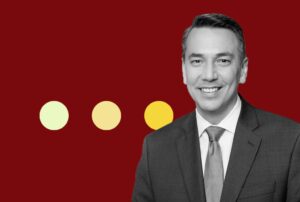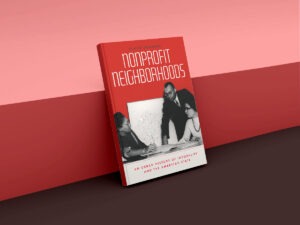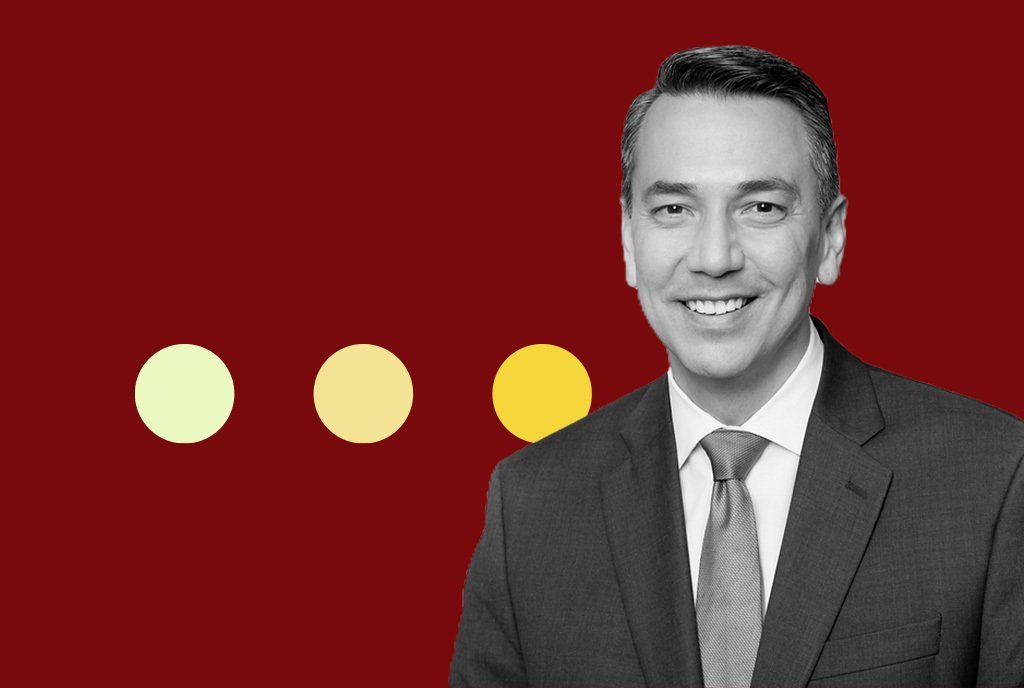
Last week, White House budget chief Mick Mulvaney defended the Trump administration’s proposed deep cuts to social welfare programs. “Meals on Wheels sounds great,” Mulvaney said during a White House news briefing, before adding, “We’re not going to spend [money] on programs that cannot show that they actually deliver the promises that we’ve made to people.” (So, making sure that older people can eat as more of them age in place is not a fulfillment of a promise?)
That, and the revelation that the House version of a proposal that would rewrite the Affordable Care Act has been fashioned to place the aging (from 50 on) and the poor at most risk, has riveted the public’s attention to the targeting of a growing aged and aging population, which is being unfortunately layered atop nonprofits already struggling with systemic weaknesses.
This special report from Giving USA, “Giving and the Golden Years,” is not so much about giving as it is about the financial stability—or, rather, the lack thereof—of aging services nonprofits. This report becomes extraordinarily important in light of several factors:
- The aging of the population—by 2029, 20 percent of the U.S. population will be over 65 years old, up from 15 percent today.
- Recent proposals for a repeal and replacement of the ACA have created a good deal of uncertainty about the reliability of Medicaid and Medicare for older Americans.
- Growth in the aged population will require a significant growth in services to older Americans; many of the nonprofits serving the elderly depend on Medicaid and Medicare to support their service provision, and those funds may be more restricted in future if some legislators have their way.
- On top of having a significant portion of their revenue streams potentially compromised or at least placed in doubt, the average surplus margins of most of those nonprofits are diminished from their pre-recession levels, having declined from 4.2 percent in 2006 to 2.3 percent in 2013. This makes many of them relatively cash-poor and facing revenue instability at the same time as an enormous expansion of need.
This report looked at such programs as senior food programs, nursing facilities and home health care services, senior/adult/family centers and human services, and senior/retirement/subsidized housing. The capital positions of these various types of organizations differ significantly from one subsector to another. As the authors point out:
Senior housing and senior centers are especially capital intensive. While retirement communities, for example, have traditionally been able to borrow against future streams of revenue (such as rent payments), there is a growing concern about the stability of the ultimate source of these payments—such as Medicare and Social Security.
To add to these issues, NPQ has reported repeatedly over the past year about workforce problems in home health care, where salaries are low and hours inconsistent, which leads to iffy benefits. In many locations, these conditions have led to high staff turnover and an inability to recruit staff in what’s generally a relatively good job market.
Also, at least from a geographic perspective, accessibility of services may be in reverse correlation to need—the states with the smallest population aged 65 and up have the largest per capita availability of aging services organizations. Additionally, in those states, the aging population is more likely to have private insurance and less likely to have disabilities, and per capita assets and revenue tend to be higher.
In other words, the impending national crisis in services for the aging has announced itself. Is philanthropy listening to the extent necessary to respond? Philanthropy, the authors argue, has been relatively uninvolved in some of these subsectors. It is most involved in food programs proportionate to their total budgets, with nursing homes and home health care programs receiving more in actual philanthropic dollars, but less as a proportion of their budgets. Clearly, there is a role for philanthropy to play—thinking strategically about how to invest in the well being of this growing demographic.
Sign up for our free newsletters
Subscribe to NPQ's newsletters to have our top stories delivered directly to your inbox.
By signing up, you agree to our privacy policy and terms of use, and to receive messages from NPQ and our partners.
But the situation also requires a serious mobilization of baby boomers. In a statement issued on March 8th, AARP called the new house health care bill an “age tax” on people aged 50–64 and a giveaway to insurance companies and drug companies.
AARP Executive Vice President Nancy LeaMond announced AARP’s opposition to the House plan that would make changes to our current healthcare system, such as shortening the life of Medicare, hiking costs for those who can least afford higher insurance premiums, risking seniors’ ability to live independently, and giving tax breaks to big drug companies and health insurance companies:
“AARP opposes this legislation, as introduced, that would weaken Medicare, leaving the door open to a voucher program that shifts costs and risks to seniors.
“Before people even reach retirement age, big insurance companies could be allowed to charge them an age tax that adds up to thousands of dollars more per year. Older Americans need affordable health care services and prescriptions. This plan goes in the opposite direction, increasing insurance premiums for older Americans and not doing anything to lower drug costs.
“On top of the hefty premium increase for consumers, big drug companies and other special interests get a sweetheart deal.
“Finally, Medicaid cuts could impact people of all ages and put at risk the health and safety of 17.4 million children and adults with disabilities and seniors by eliminating much-needed services that allow individuals to live independently in their homes and communities. Although no one believes the current health care system is perfect, this harmful legislation would make health care less secure and less affordable.”
The point isn’t this particular bill, which is clearly fated to be replaced. Nor is it Mulvaney’s statement, which betrays a shocking lack of fear of AARP, which represents a storied bloc of active voters. It’s the combined financial and workforce condition of those nonprofits that serve those over 50 faced with expanding need. Philanthropy could respond in any number of ways: contributing to the capital structures of aging services organizations, helping to get rates for caregivers boosted, supporting new promising models of support for aging at home, and ensuring that strong advocacy efforts are in place at state and national levels.













